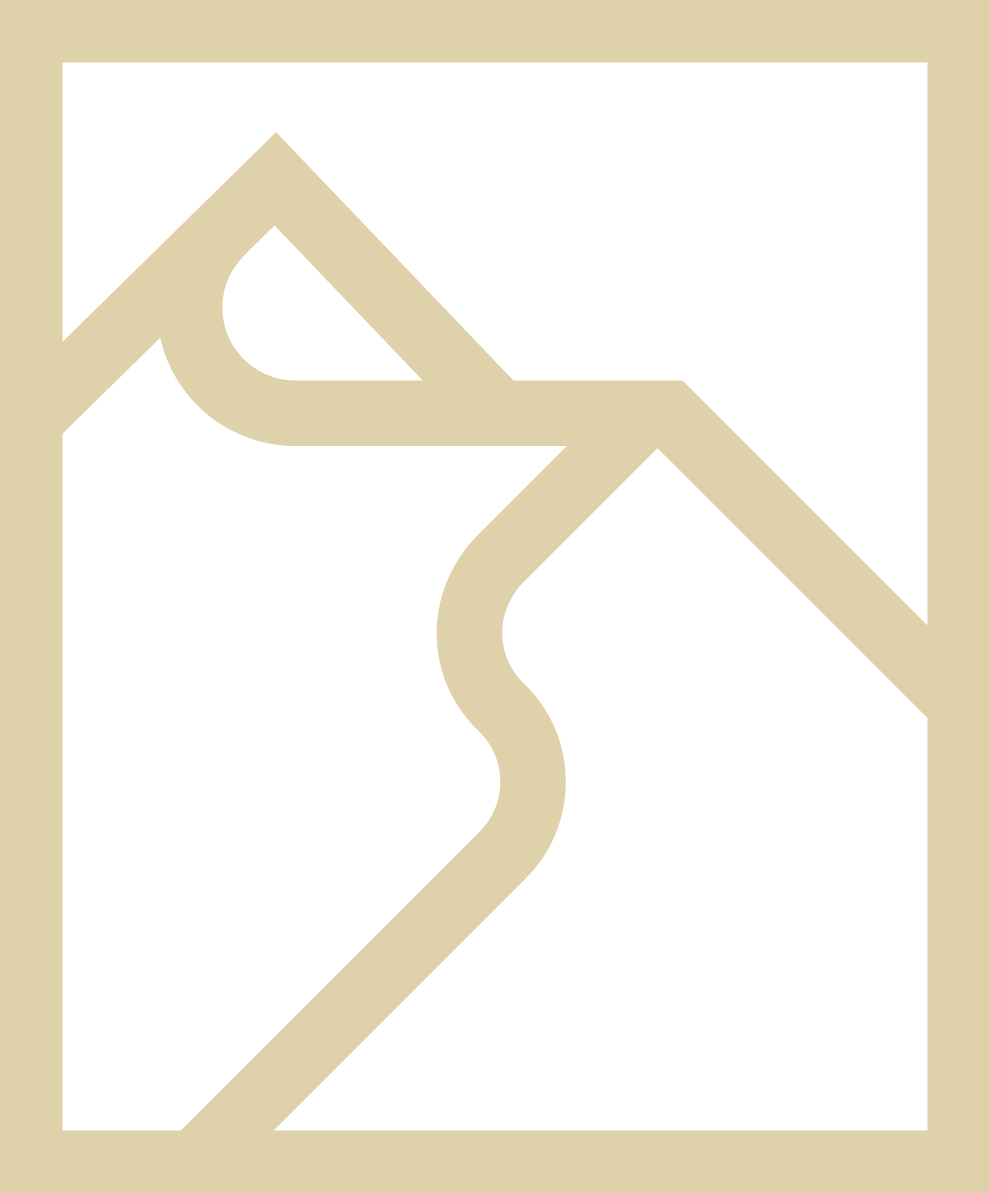Elk Aware
New citizen science project monitors local herd behavior
By Bria Light, Telluride Daily Planet
The sight of a herd of elk clustering photogenically against the lush backdrop of the Valley Floor, a passel of telephoto lens-wielding tourists in tow, paints a certain kind of picture. The elk, looking rather aloof, seem unhindered by the presence of the humans that surround the vicinity on all sides. The herd, at certain times of year dotted with adorably lanky legged little ones, seems to indicate a prosperous population, and the protected nature of the three-mile stretch of Valley Floor shines as a triumph of conservation over the unbridled proliferation of multi-million dollar vacation condos.
Yet the buck doesn’t stop there. The more complex reality is that the elk population has been declining in southwest Colorado for several years, as measured by the calf-to-cow ratio. While Colorado Parks and Wildlife has been investigating the phenomenon, scientists have yet to collect sufficient data to understand why.
Understanding more about the presence and behavior of this iconic species on Telluride’s Valley Floor is the focus of a new collaboration between Sheep Mountain Alliance, the Mountain Studies Institute and the Telluride Institute’s Watershed Education Program, and it’s open to the public to participate. The project aims to engage interested community members and local school kids, along with area scientists, to monitor and record wildlife, especially elk, and to collect and share that data for use in decision making by public agencies. To that end, 10 wildlife cameras, disguised by camouflage coloring and mounted on trees at about three feet high, were placed at strategic locations around the Valley Floor last week, kicking off the data collection phase of the project.
“We hope to capture data on their whole lifestyle — eating, sleeping, how many months they are spending in the Valley Floor, where they are coming from and leaving from, and how they utilize the Valley Floor,” said Mason Osgood, community outreach coordinator for Sheep Mountain Alliance, noting that much of what is known about elk and wildlife on the Valley Floor is anecdotal, while project offers a scientific approach conducive to data collection.
Students at the Telluride Intermediate School and Mountain School will “adopt” four of the project’s six wildlife cameras, heading into the field periodically to retrieve the SD cards, download the images and report their findings. The project is hoping to bring on additional volunteers from the community to “adopt” the remaining cameras for the rest of 2021, who will receive training and a way to participate in a scientific process that may help safeguard the future of the valley’s charismatic megafauna.
Despite appearances, elk are sensitive to human presence and prefer to be left alone. Yet the migratory nature of the species means that they can’t simply retreat to more remote areas — they need corridors like the Valley Floor to travel between lower elevations in the winter and higher elevations in the summer.
“The Valley Floor acts as a transition zone for the elk,” explained project manager Dr. Garrett Smith, director of science and research at the Telluride Institute. “It’s a landscape that they utilize when they migrate from the West End up into the high basins for calving.”
The nature of expanding human presence and increased interest in outdoor recreation, he said, has led to “fragmented landscapes” often subject to developmental pressures, and the health of a species like elk should not be taken for granted, especially given the declining numbers.
“This project allows the community to take ownership in the issues and the landscape, to understand how to do things and why,” Smith said. “And to help decide, based on the data, the future of it.”
Those interested in participating, he noted, can reach out to any of the collaborating organizations, with both financial and volunteer contributions to the project welcome.
“The Valley Floor in Telluride was protected by a community effort, and having the community participate in the science now is a good follow-up to that process of preserving it,” he said.
